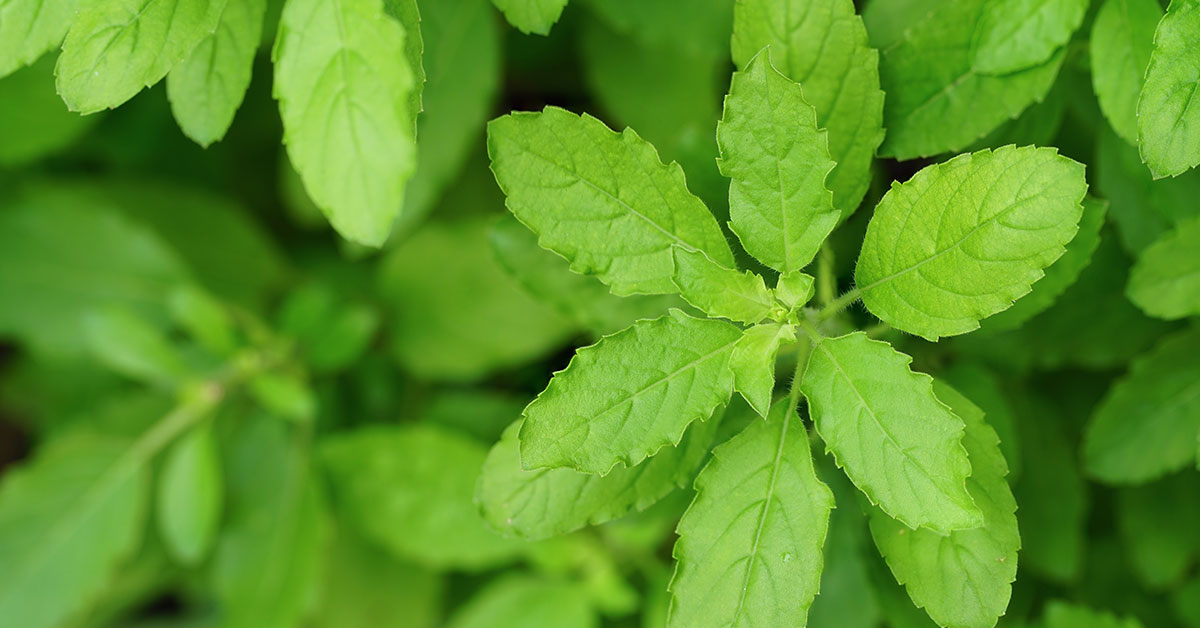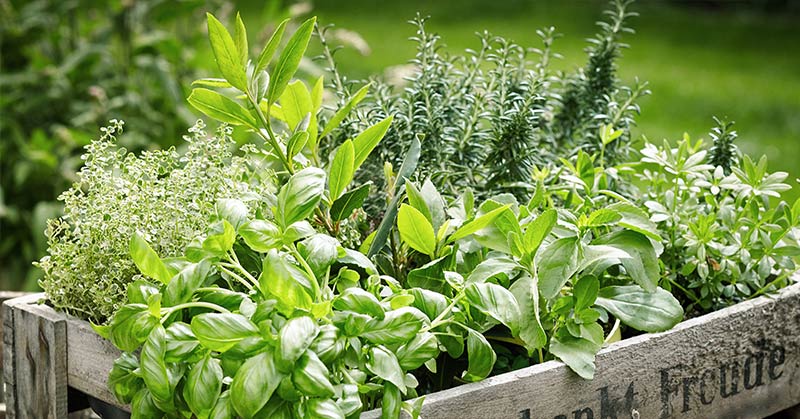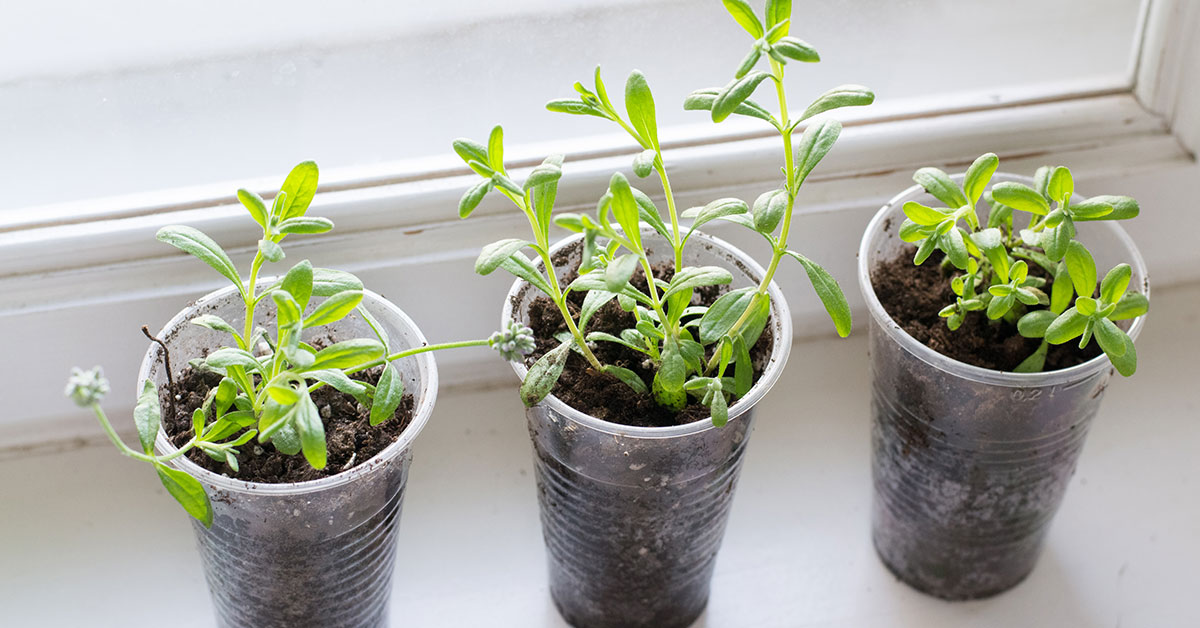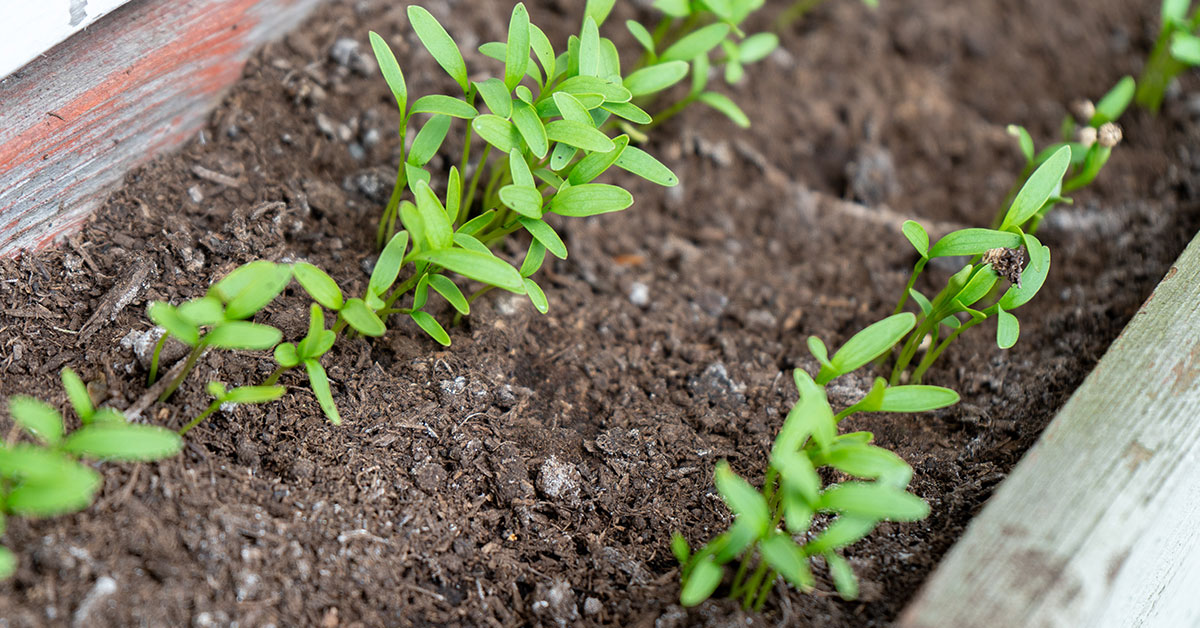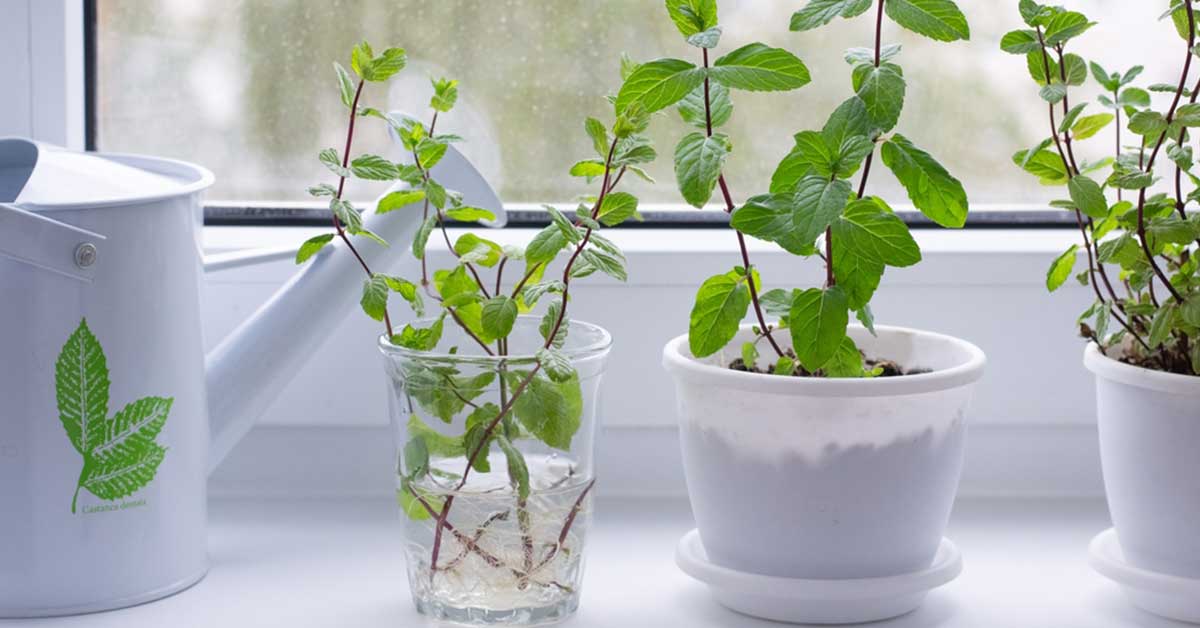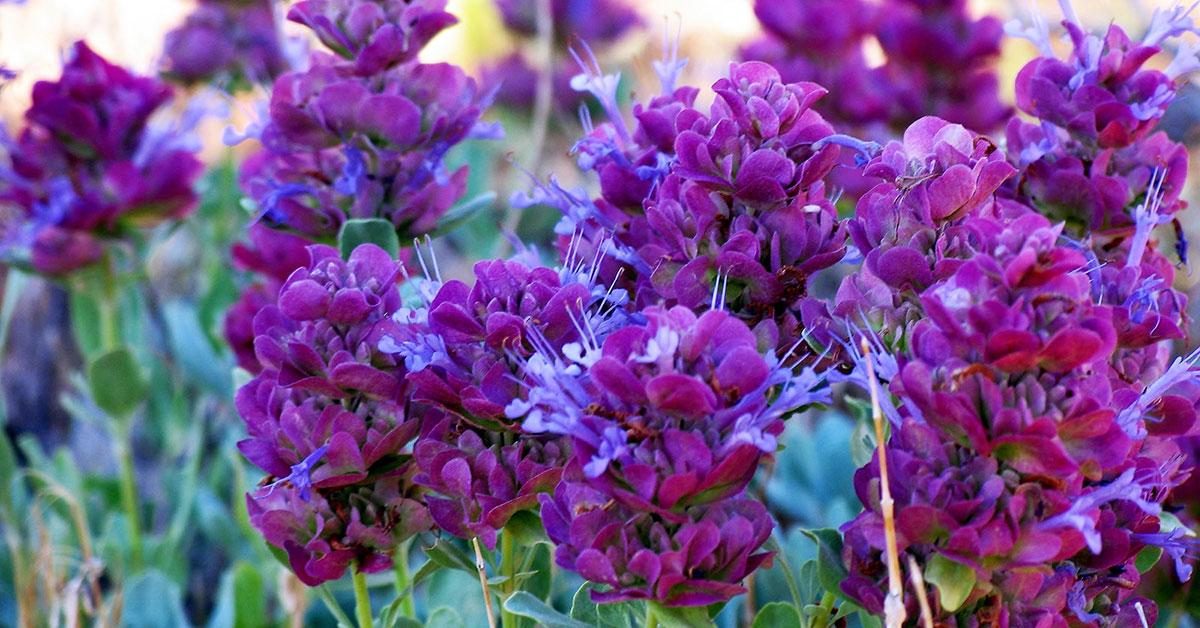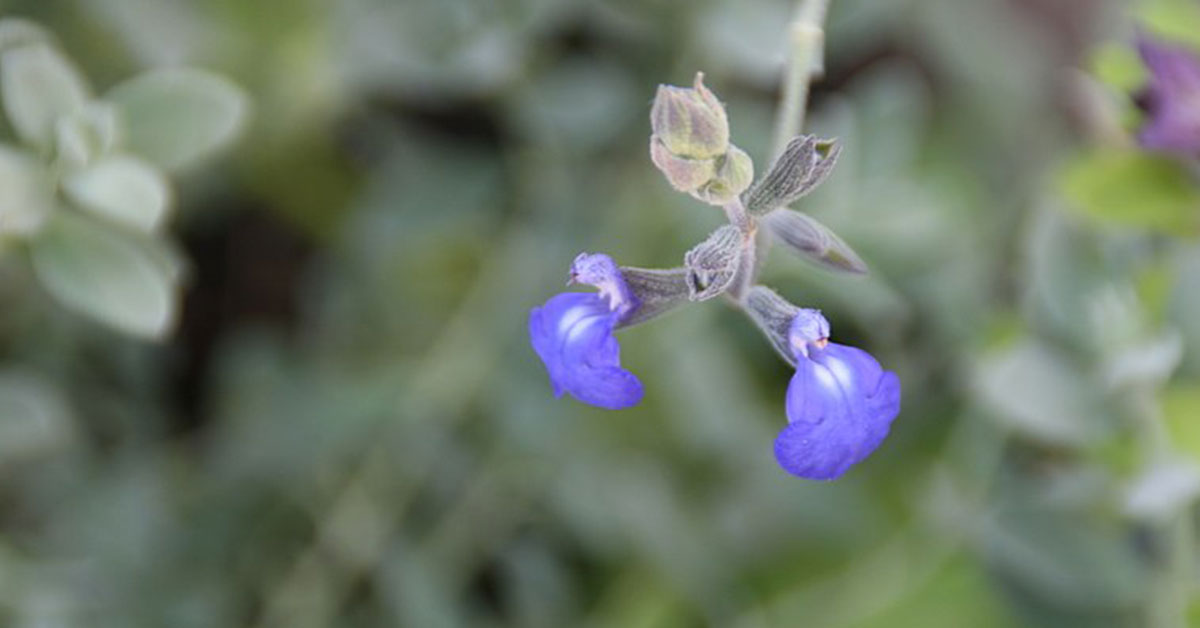Holy Basil, also known as Tulsi, is a herb that has been cultivated for centuries in India and other parts of Southeast Asia. It has long been recognized for its medicinal properties and is considered a sacred plant in Hindu culture. Holy Basil has a unique aroma and taste and is often used in traditional Ayurvedic medicine to treat a variety of ailments such as stress, anxiety, respiratory issues, and digestive problems. In recent years, Tulsi has gained popularity in the Western world for its potential health benefits. In this blog, we will explore the history, benefits, and uses of Holy Basil.
What is a Holy Basil?
Holy Basil, also known as Tulsi, is a sacred plant in Hinduism and is highly valued for its medicinal and spiritual properties. It is a member of the mint family and is native to tropical regions of Southeast Asia. Tulsi has been used in Ayurvedic medicine for thousands of years to treat a variety of ailments and is considered one of the most important herbs in India.
The plant has a strong, aromatic smell and has green, glossy leaves with purple or reddish flowers. It is a perennial plant that grows up to 60cm tall and is cultivated in many parts of the world. The leaves of Holy Basil are used for making tea, extracts, and essential oils.
Tulsi is known for its adaptogenic properties, which means it helps the body adapt to stress and supports the adrenal glands. It is also a rich source of antioxidants, which help protect the body against damage from free radicals. It has anti-inflammatory, antimicrobial, and analgesic properties, making it useful for treating a variety of conditions.
Overall, Holy Basil is a powerful herb that has been used for centuries to promote health and wellbeing. Its numerous benefits make it a popular choice for natural health enthusiasts and those seeking alternative forms of medicine.
What makes Holy Basil different from other varieties?
Holy Basil,(Ocimum tenuiflorum), is a basil variety that holds significant cultural and medicinal importance in various traditions, particularly in Ayurvedic medicine. Here are a few characteristics that differentiate Tulsi from other basil varieties:
- Religious and Medicinal Significance: Holy Basil is revered in Hindu culture and is considered a sacred herb. It is believed to have spiritual and medicinal properties and is often used in religious ceremonies, rituals, and Ayurvedic practices. This herb is highly valued for its potential health benefits and is known for its adaptogenic properties.
- Leaf Appearance: Holy Basil has smaller, narrow leaves compared to other basil varieties. The leaves are often teardrop-shaped or slightly serrated. The color of the leaves can range from bright green to purple, depending on the specific cultivar.
- Flavor and Aroma: Holy Basil offers a unique flavor profile with a combination of sweetness, spiciness, and a hint of clove-like undertones. The aroma of Holy Basil is distinct and invigorating, often described as herbal, peppery, and slightly minty.
- Culinary and Medicinal Uses: This herb is utilized both in culinary and medicinal applications. In cooking, it is used as a flavoring herb in various dishes, teas, and beverages. In Ayurvedic medicine, Holy Basil is considered an important herb for promoting overall well-being, reducing stress, boosting the immune system, and aiding digestion. It is often consumed as a tea or taken in supplement form.
It’s important to note that Holy Basil has different cultivars and regional variations, each with its own unique characteristics and uses.
Where do you grow Holy Basil?
Holy basil is a sacred plant in Hinduism and is commonly used in Ayurvedic medicine. It is known for its medicinal properties and is used to treat a variety of ailments. If you’re interested in growing Tulsi, here’s how you can do it.
- Choose the right location: Holy Basil requires a warm and humid climate to grow. It thrives in full sun but can also tolerate partial shade. Choose a location with well-drained soil to prevent the roots from rotting.
- Prepare the soil: Holy Basil prefers fertile soil. Add compost and manure to the soil to increase its nutrient content. Use a pH meter to check the soil’s acidity level. Tulsi grows best in a pH range of 6 to 7.5.
- Plant the seeds: Sow the seeds directly in the soil or start them indoors in pots. If starting indoors, plant the seeds 1/4 inch deep in a seed starting mix. Keep the soil moist until the seeds germinate, which usually takes 1 to 2 weeks.
- Water the plant: Tulsi requires regular watering. Water the plant deeply once a week or when the soil feels dry to the touch. Avoid overwatering as it can lead to root rot.
- Fertilize the plant: Apply a balanced fertilizer once a month during the growing season to promote healthy growth.
- Prune the plant: Prune the plant regularly to encourage bushy growth. Pinch off the tips of the branches to promote branching.
- Harvest the leaves: Leaves can be harvested once the plant reaches a height of 6 to 8 inches. Use sharp scissors to cut the leaves from the plant. Leave a few leaves on the plant to encourage continued growth.
In conclusion, growing Holy Basil is easy and requires minimal effort. With the right growing conditions and care, you can enjoy a bountiful harvest of this sacred plant.
Other tips for growing Tulsi
When growing Holy Basil, keep these factors in mind:
- Soil: This herb prefers well-draining soil with a pH between 6.0 and 7.5. Mix some compost into the soil to improve its fertility and drainage.
- Water: Tulsi needs regular watering, but make sure not to overwater it. Water the plant deeply once a week, or whenever the top inch of soil feels dry.
- Sun: Holy Basil requires full sun to grow properly. Make sure to plant it in a spot where it will get at least 6 hours of direct sunlight each day.
- Temperature: Tulsi is a warm-weather crop and prefers temperatures between 70°F and 90°F. If temperatures drop below 50°F, the plant may suffer damage.
- Fertilizer: Tulsi is a heavy feeder and needs regular fertilization. Use a balanced fertilizer every 4-6 weeks to provide the plant with the nutrients it needs to grow.
- Pruning: Pinch off the tips of the stems when the plant reaches about 6 inches tall to encourage bushier growth. You can also harvest the leaves regularly to promote new growth.
- Pests and Diseases: This herb is generally resistant to pests and diseases, but keep an eye out for aphids, spider mites, and whiteflies. If you notice any signs of infestation, use an insecticidal soap to control the problem.
By following these tips, you should be able to grow healthy and vibrant Holy Basil plants in your garden or container.
Common problems with growing Holy Basil
Tulsi is a plant that is relatively easy to grow, but like any other plant, it can have its share of problems. Here are some common problems that you may encounter while growing Holy Basil:
- Fungal diseases: One of the most common problems that Tulsi plants may face is fungal diseases, such as powdery mildew or root rot. These diseases can be caused by overwatering, poor drainage, or high humidity levels. To prevent fungal diseases, make sure your Holy Basil plant is planted in well-draining soil and is not overwatered.
- Insect infestations: Holy Basil plants can attract various insects, such as aphids, whiteflies, and spider mites. These insects can cause damage to the plant by feeding on the leaves, sucking the sap, and transmitting diseases. To prevent insect infestations, you can use natural insecticides or companion planting with herbs that repel insects.
- Nutrient deficiencies: This herb requires a balanced supply of nutrients to grow healthy and strong. A lack of nutrients, such as nitrogen, phosphorus, or potassium, can cause stunted growth, yellowing leaves, and reduced yields. To ensure your plant has enough nutrients, use a balanced fertilizer and apply it according to the instructions.
- Environmental stress: Tulsi plants can be sensitive to environmental stress, such as extreme temperatures, drought, or exposure to direct sunlight. These stress factors can cause wilting, leaf drop, and reduced growth. To prevent environmental stress, make sure your Holy Basil plant is planted in a suitable location and is protected from extreme weather conditions.
Growing Tulsi can be a rewarding experience, but it is essential to be aware of the common problems that may arise. With proper care and attention, you can ensure that your Holy Basil plant thrives and provides you with its many health benefits.
Uses for Tulsi
Holy Basil, also known as Tulsi, is a herb that has been used in Ayurvedic medicine for thousands of years. It is considered a sacred plant in Hinduism and is often grown in Indian households for its medicinal properties. Tulsi has a strong aroma and a slightly bitter taste, making it a popular ingredient in many herbal teas and supplements. Here are some of the uses of Holy Basil:
- Stress and Anxiety Relief: This herb is known for its adaptogenic properties, which means it helps the body deal with stress. It can help balance cortisol levels and reduce anxiety and depression symptoms.
- Immune Support: Tulsi is rich in antioxidants and has antibacterial, antiviral, and anti-inflammatory properties that can help boost the immune system. It can also help reduce the severity and duration of illness.
- Respiratory Health: Holy Basil has been used traditionally to treat respiratory ailments like bronchitis, asthma, and colds. It can help relieve coughs, clear mucus from the lungs, and reduce inflammation.
- Digestive Health: Tulsi can help improve digestion by reducing bloating, gas, and other digestive issues. It can also help relieve nausea and vomiting.
- Skin Health: Tulsi has antibacterial and antifungal properties that can help treat skin infections like acne, eczema, and psoriasis. It can also help reduce inflammation and promote wound healing.
Overall, Holy Basil is a versatile herb that can be used to support many aspects of health. It is generally considered safe and can be consumed as a supplement, tea, or added to food. However, as with any herbal supplement, it is important to consult with a healthcare practitioner before use, especially if you are pregnant, nursing, or taking medication.
